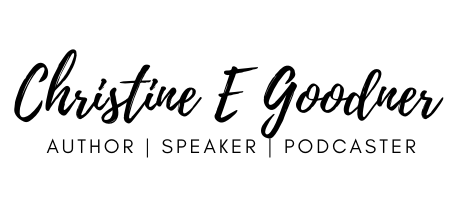This week’s episode of the Time to Practice podcast is the second in a two-part…
Transition Rituals for Starting Music Practice
This article is based on episode 47 of the Time to Practice Podcast all about creating transition rituals for music practice, and serves as it’s transcript. Its has been edited lightly for ease of reading.
To Listen to the full episode you can find the Time to Practice Podcast on Apple Podcasts, Audible, Google Podcasts, or your favorite podcast platform. You can also listen directly from the link below:

Transition Rituals for Starting Music Practice – Time To Practice
Transitions can be hard for all people, but especially for young children and it can be extra challenging for students, in my experience, to transition into an activity they know is going to take hard work or extra focus. It certainly is hard for me personally! This is where transition rituals for music practice can be so helpful.
One transition ritual that many parents and caregivers are likely familiar with is creating a bedtime routine for their children.

Experts often recommend having a consistent routine to help our children prepare to go to sleep for the night. For very young children, that might be a bath, getting on PJs, reading a book, and then actually getting into bed (or some variation on this).
The idea is that the routine starts to signal to the young child that bedtime is coming, and it starts to help signal to them that it’s time to go to sleep.
Of course, for many of us, it still may be challenging to get our children to fall asleep easily at night, but it is supposed to at least help with the process.
We can think of a transition ritual into music practice practice in a similar way.
What helps children transition into practice effectively may vary by child (and their age), but once we figure that out, if we consistently use that routine, it may help the child settle into practice and get started with more ease.
Just like a bedtime routine, it’s not magic, and it still may not be easy, but it often helps!
The first strategy I want to share is to give your child a warning and set a timer.
Part of transitioning from one activity to another is wrapping up what we have just been doing. Your child could be eating a snack, playing, reading a book, or seem to be simply staring into space.
A warning that its time to wrap up what they are doing to get ready to play their instrument can help with that.
When I get ready to start my own practice, I unconsciously go through a process like this.
I may look at the clock and realize if I need to start in 10 minutes if I’m going to have time to pratice and then I start mentally wrapping up what I am doing, I may tidy up the kitchen or my work area, make a mug of tea or a latte, and start to prepare to get to work mentally.
Certainly, if adults need this time to switch gears and get ready to focus young children could use it too.
Here are some suggestions of what to build into transition rituals at your house:
- Listening to a particular piece of music (maybe even having a dance party or playing freeze dance)
- Read a short book together (even a book about music)
- Doing some stretching or body movement – for students who move running up and down the stairs a few times or summersaults to get some energy out
- Other students need something calming to self-regulate first like blowing bubbles, squeezing a stress ball 5 times and counting together, pushing against a wall or a deep pressure hug from a caregiver
- For older students, a short activity that has a clear end and they don’t mind doing can be a great way to get started in practice – note name flashcards, note reading
- Pick out a game together that you will use in practice
This transition time has a few important functions:
- Time to connect with oneself and the caregiver your about to practice with
- Emotional regulation
- Leaving our last activity behind so we can bring our focus to a new one
- Dealing with disappointment about stopping an activity we were just enjoying
Yes, this takes time, but it’s not a waste of time – building in transition time can help ease everyone’s frustration!
I think if we asked most professional musicians if they have (even super short) transition rituals as a part of starting their own practice, or even teachers to get ready to teach their students most people would have some kind of routine – even if they haven’t thought about it before.
- Putting their phone in airplane mode
- Tidying up what they were just doing around the house or studio
- Making a latte is one I hear a lot
- Start in a specific way that helps their brain transition and helps them start focusing, especially if it’s a hard day to get started (which is likely most days for your child if they struggle to get started).
If you’re a musician listening to this – I’d love you to share your transition ritual – you can send it in written form or record a short audio clip, and I’d love to share them on a future follow-up episode on this topic.
You can email them to me at Christine@SuzukiTriangle.com
If you’re a parent or caregiver who has figured out how to create an effective transition ritual for your child who used to struggle to get started, I’d love to hear from you, too!
Alright, with that – happy practicing this week, everyone!


This Post Has 0 Comments